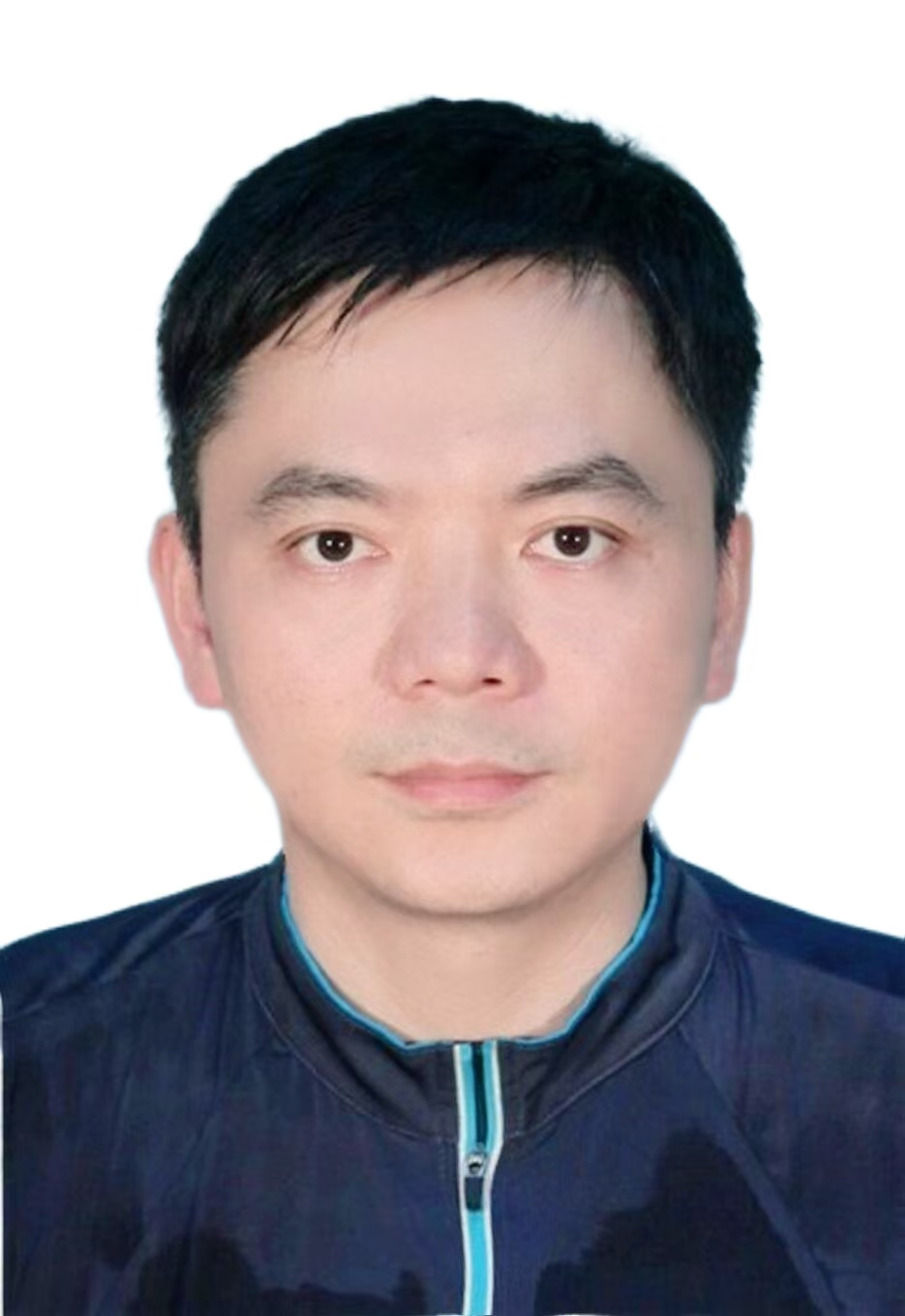Oral
Stormwater (UWRRC)
An Innovative Bioretention Media Made From Synthetic Termite Saliva
Monday, May 19, 2025
3:30 PM - 3:45 PM Alaska Daylight Time (AKDT)
Room: Room 9 & 10

Nian She
Professor
Sun Yetsen University, China (People's Republic)
Dong Luo
Xian Jiaotong University, United States

Zhentao Xie
Xian Jiaotong University, United States
Author(s)
Co-Author(s)
Abstract Submission: Traditional bioretention media often consist of sand and compost. Studies have shown that small amounts of fines (greater than 5%) in sand-based media can significantly hinder infiltration rates. Furthermore, the use of sand-based media presents challenges for landscape architects in terms of plant variety and aesthetics. To overcome these limitations, a novel granule media inspired by termite saliva is being developed. This innovative material utilizes dewatered sediment and water treatment residuals, bound together using synthetic termite saliva enzymes. These enzymes bind to organic molecules, attracting clay minerals and neutralizing their negative charge, causing them to agglomerate. The resulting media exhibits excellent hydrologic properties, boasting high porosity, infiltration rates, and phosphorus adsorption.
In the coastal city of Zhuhai, a bioswale constructed with this media successfully mitigated extreme rainfall events up to 194mm/6-hr, demonstrating its effectiveness in preventing urban flooding.
Laboratory and field studies have also confirmed its ability to effectively remove conventional pollutants such as TSS, COD, TP, and NH3-N, as well as the potent antibiotic Ciprofloxacin Hydrochloride, which is the third largest antibiotics used worldwide. This sustainable and high-performing media offers a promising alternative for bioretention systems.
Key words: bioretention media, synthetic termite saliva, enzymes, emerging pollutants, extreme rainfall
Learning Objectives/Expected Outcome (Optional) :
In the coastal city of Zhuhai, a bioswale constructed with this media successfully mitigated extreme rainfall events up to 194mm/6-hr, demonstrating its effectiveness in preventing urban flooding.
Laboratory and field studies have also confirmed its ability to effectively remove conventional pollutants such as TSS, COD, TP, and NH3-N, as well as the potent antibiotic Ciprofloxacin Hydrochloride, which is the third largest antibiotics used worldwide. This sustainable and high-performing media offers a promising alternative for bioretention systems.
Key words: bioretention media, synthetic termite saliva, enzymes, emerging pollutants, extreme rainfall
Learning Objectives/Expected Outcome (Optional) :

